There are two main topics of conversation at most nonprofits — the mission the organization was founded to accomplish and where to find the money to accomplish that mission.
Financially healthy nonprofits have a mix of income sources, from individual donors, fees for services (such as operating a daycare center or animal shelter), and grants for specific purposes. The coronavirus pandemic has made funding a serious issue for many nonprofits, just as it has stressed families and businesses. Money problems are so acute that an entirely new category of grants has emerged to help nonprofits weather the COVID-19 pandemic.
Thousands of grants are available, but the size of these grants varies widely, and most are for specific purposes and limited to specific regions. Donors target their grants according to what they want to accomplish with their contribution, such as aiding disadvantaged children in a particular city or struggling seniors in a particular rural county. Or they may favor particular types of nonprofits, such as animal rights advocacy organizations or land preservation groups.
What all grants have in common is a requirement that organizations submit a detailed grant proposal for what is almost invariably a competitive award process. Writing a grant proposal for your nonprofit requires a mastery of your organization’s details, a thorough understanding of what the granting organization wants to accomplish, and a flair for presenting a lot of information in an organized, persuasive, and memorable way.
The following is a list of the key points required in all grant proposals.
Introduce your organization
Every nonprofit organization has an origin story that explains the when and why of its founding. Explaining the inspiration for your organization is a key element in writing a persuasive grant proposal.
The foundation, government agency, or donor offering the grant will certainly want a solid understanding of the organization receiving their funding. Provide an overview of your nonprofit that describes how it came into existence and how it has fared since its founding. Include the mission statement and organizational vision, and introduce the team that runs the organization, putting special emphasis on those who will manage the grant.
Broadly explain the project
There are grants available for different purposes. Some are intended to underwrite the ongoing costs of the organization; others focus on specific programs. Grants are often available to pay for the capital costs of new buildings or the startup costs of a new program.
Once you’ve found a grant that matches what you’re trying to do, the goal is to persuade the donors your project is the one best suited for their investment. Begin by introducing the name of the project. Never underestimate the persuasive power of an inspiring name!
Describe the project, including start and completion dates. If this is to be an ongoing program, explain when you expect to launch it. Include the significant milestones as it gets underway. What’s the purpose of the project? Will it allow you to do more of what you already do, or will it allow your organization to address needs that are currently beyond your capabilities?
Be sure to clearly state how much money you need to accomplish your goal.
Get more detailed
A good grant proposal, much like a good novel, first gets the reader interested and then gets into the plot, or the case for the proposal, and the project details.
It’s often helpful to present the project timeline schematically from the proposed starting date, including significant milestones, the hiring timeline, and the completion date or date of the first project evaluation.
Detail how the project will enhance your organization’s ability to achieve its mission. Get specific — include the number of additional clients you could serve, new services you could offer, or staff you could add. Funders always want to be confident their money is being spent as intended.
Budget transparency
Nonprofit organizations always have a harder time justifying their results to donors than businesses do justifying their results to investors. The business, after all, is either making money or not. Nonprofits working to eliminate illiteracy, food insecurity, housing insecurity, income inequality, and environmental problems aren’t likely to show such unequivocal results.
Your grant proposal shouldn’t overpromise what the grant will accomplish, but it must give the donor a detailed accounting of how your organization will spend the money. State how much is for salaries, how much for services, and how much for capital costs. It’s particularly important to make clear if there will be additional funds for the project from other sources, as donors are usually more comfortable if they know they won’t be the sole source of funding.
One measure of how challenging it is to write a winning grant proposal is that grant writing is included as a specific skill set when nonprofits advertise for staff. However, many nonprofits, particularly those crucial local organizations that make such a big difference in many communities, often can’t afford to pay a grant writer. Jotform’s template for writing a comprehensive grant proposal can help, and all qualified nonprofits can get a 50-percent discount on a paid plan.
Nonprofits are vital partners in the work for social progress. If you can learn to write a winning grant proposal, you’ll help your nonprofit organization focus on its mission by spending less time on fundraising.





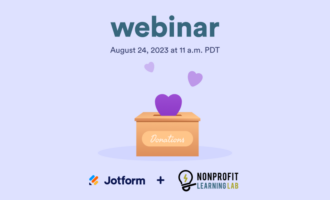


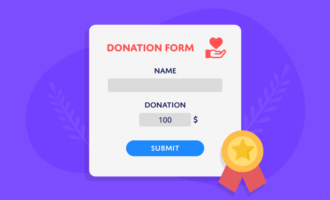
















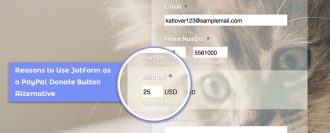

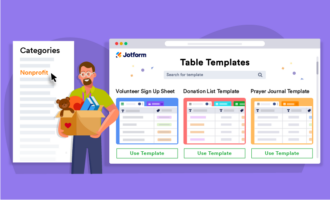
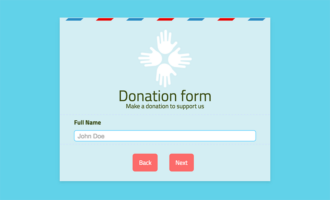
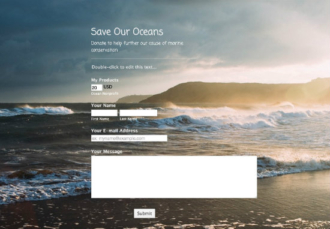

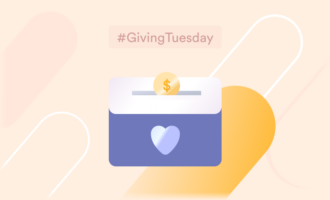






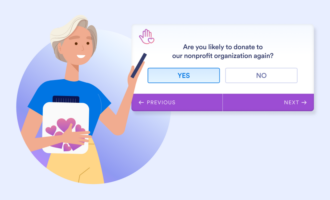

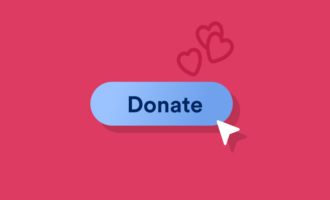












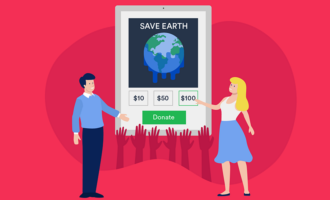


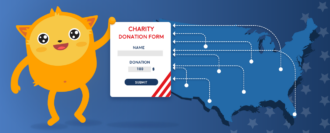

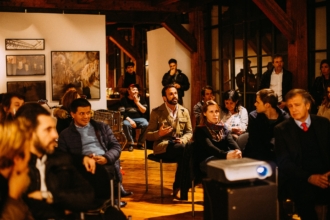


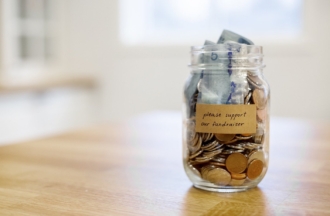



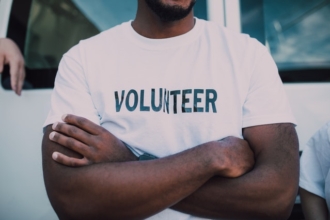

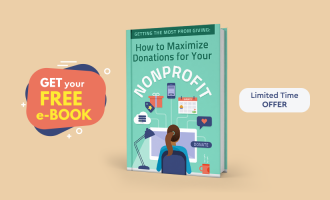


Send Comment:
1 Comments:
More than a year ago
Thank you For all your help